43 years since President Rajaee, PM Bahonar were martyred in MKO terror plot
By Yousef Ramezani
Today, August 30, marks the 43rd anniversary of a bombing in Tehran that resulted in the martyrdom of then-President Mohammad Ali Rajaee, Prime Minister Mohammad-Javad Bahonar, and six other senior Iranian officials.
In the Islamic Republic of Iran, the week leading up to their martyrdom anniversary is observed as "Government Week" to honor these great and visionary leaders.
According to eyewitness accounts, the deadly explosion on August 30, 1981, occurred when one of the victims opened a briefcase filled with explosives, brought in by Masoud Keshmiri, an agent of the Mojahedin-e Khalq (MKO) terrorist group.
How did the bombing happen?
The terrorist attack took place on the afternoon of August 30, 1981, at the Iranian Prime Minister's office on Pasteur Street in downtown Tehran.
At the time, President Rajaee, Prime Minister Bahonar, and several military and security officials were attending an extraordinary meeting.
The perpetrator, an infiltrated agent of the MKO terrorist group posing as a security official, served tea to the attendees and placed the briefcase containing the bomb under the table where the meeting was being held.
An investigation later revealed that a sophisticated bomb, containing more than one kilogram of TNT, had been hidden inside the briefcase place under the table. The device was similar to the one used in the Hafte Tir terrorist attack two months earlier.
The technical details of both attacks were discovered months later, making it impossible to prevent a recurrence through adequate security measures at the time.
After planting the bomb, the perpetrator exchanged a few words with Khosrow Tehrani, the head of the intelligence unit at the Prime Minister's office.
He then left the meeting under the pretext of an excuse and headed toward Pasteur Square, where he met other accomplices who helped him escape to a safe location.
According to survivors' testimonies, the bomb exploded after one of the victims opened the briefcase. The impact of the explosion destroyed the first and second floors of the building where the meeting was taking place.
The explosion killed eight people and injured 23 others, who were immediately transported to hospitals. The bodies of Bahonar and Rajaee were so badly burned that they were later identified through dental records, according to reports.
Who were Bahonar, Rajaee, and other victims?
The main targets of the terrorist attack were Rajaee and Bahonar. Both had assumed their respective positions in the same month, almost 28 days prior to their tragic death.
Rajaee, a graduate of Tarbiat Moallem University and a mathematics teacher, was 48 years old at the time of his martyrdom. After the victory of the 1979 Islamic Revolution, he was first appointed as the Minister of Education for seven months.
In the mid-1980s, he entered the Islamic Consultative Assembly (Iranian Parliament or Majles) as a representative of the people of Tehran, holding that position for 15 months.
Rajaee was also appointed as Prime Minister, and after the removal of Abolhassan Banisadr from the presidency, he was elected as the second president with massive votes.
After his martyrdom, many places in Iran were named in his honor, including Teacher Training University in Tehran, a power plant in central Qazvin province, a port in southern Hormozgan province, and a dam in northern Mazandaran province.
Bahonar was a distinguished Islamic theologian educated at Qom Seminary and the University of Tehran, where he received his doctorate. He was 47 years old at the time of his martyrdom.
Like Rajaee, after the Islamic Revolution, Bahonar served as Minister of Education and as a member of parliament, representing the people of Kerman and Tehran.
He also served as the Secretary General of the Islamic Republican Party after the martyrdom of Ayatollah Hossein Beheshti and was a member of the Assembly of Experts for the Constitution, which drafted the new Iranian constitution.
Both Bahonar and Rajaee, along with the victims of the Hafte Tir bombing, were buried in the Hafte Tir mausoleum at the Behesht-e Zahra cemetery in southern Tehran.
In addition to Bahonar and Rajaee, six others were martyred in the blast, including the Prime Minister's chief financial officer Abdol-Hossein Daftarian and police head Vahid Dastjerdi.
What other bombings did MKO carry out?
Although no group claimed responsibility for the attack that targeted Rajaee and Bahonar, the police investigation identified Masoud Keshmiri, an MKO operative disguised as a security official, as the perpetrator.
The bombing occurred two months after the MKO terror group targeted members of the Islamic Republican Party (IRP), the leading political party in Iran at the time, during a meeting at their party headquarters in Tehran.
Named after a date in the Iranian calendar (7th of Tir), the Hafte Tir bombing was one of the deadliest terrorist operations aimed at shaking the foundation of the Islamic Republic through a campaign of terror.
More than 90 high-ranking officials, including members of parliament and cabinet ministers, were present at the time, listening to a speech by then-judiciary chief Ayatollah Seyyed Mohammad Beheshti.
A day before the Hafte Tir bombing, on June 27, 1981, then-Friday prayer leader Ayatollah Seyyed Ali Khamenei was injured while delivering a speech at Tehran's Abuzar Mosque. MKO operatives had placed a bomb in a tape recorder, which exploded, severely injuring his arm, vocal cords, and lungs.
The sophistication of the explosives and materials used, as well as the skillful concealment of the devices, indicated that foreign intelligence agencies were involved in these attacks alongside the MKO.
Keshmiri eventually managed to flee the country using a fake passport, while police arrested and convicted several of his associates, and a massive security check was conducted on all state institution employees.
The perpetrator's fate has never been publicly revealed, but he reportedly continues to live in one of the European countries.
Yousef Ramezani is a Tehran-based strategic affairs and security analyst.

Iran condemns baseless GCC claims on 3 Persian Gulf islands
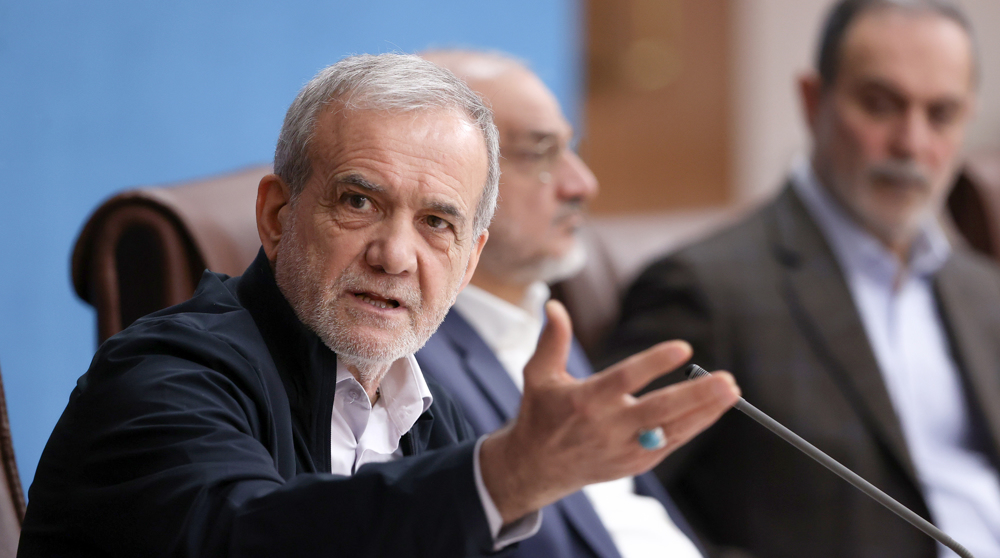
Iran will ‘chart its own path’ if US refuses to negotiate on ‘equal footing’: President
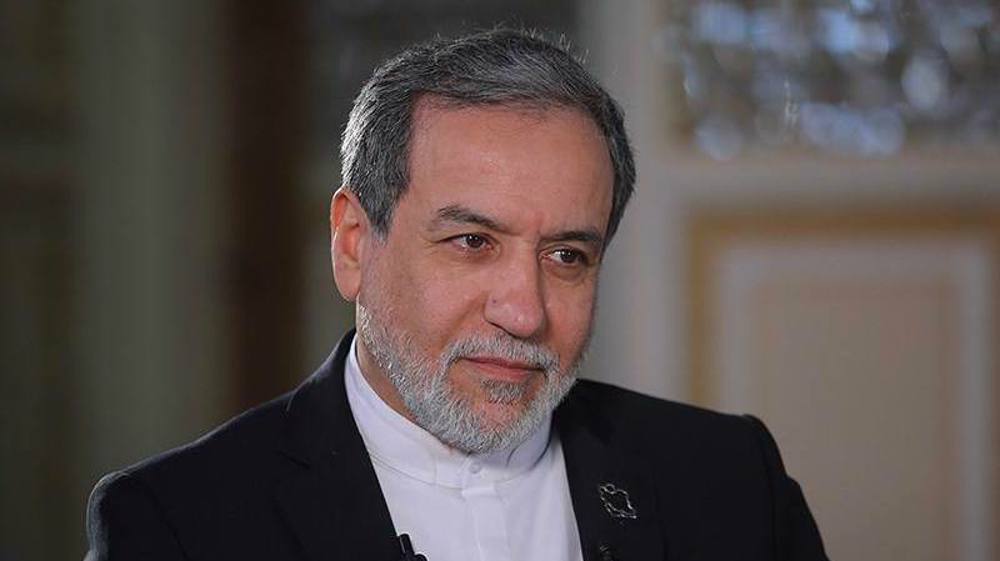
Carnegie cancels Iran FM’s speech under ‘orchestrated pressure’ from Israel lobby: Report
‘A war crime’: UN blasts US envoy to Tel Aviv for defending Israel’s blockade on aid into Gaza
VIDEO | Press TV's news headlines
VIDEO | Pope Francis dies at 88 after 12 years as Catholic leader
VIDEO | US bombs Yemen’s capital in escalating military campaign
Iran condemns baseless GCC claims on 3 Persian Gulf islands
At least 65 Palestinians killed inside Israeli prisons
VIDEO | US deadly aggression vs Yemen
Iran denies US investors will be present in its trade fair


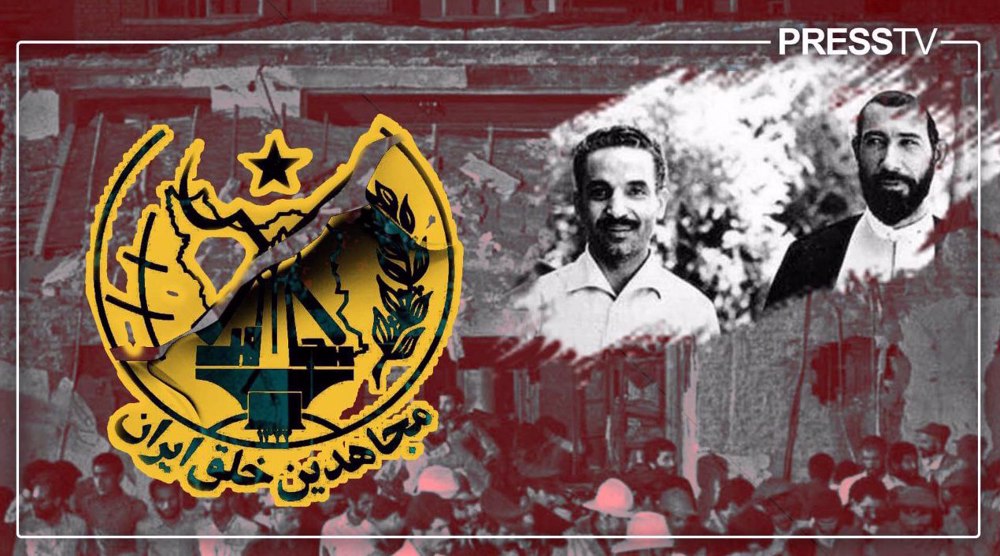



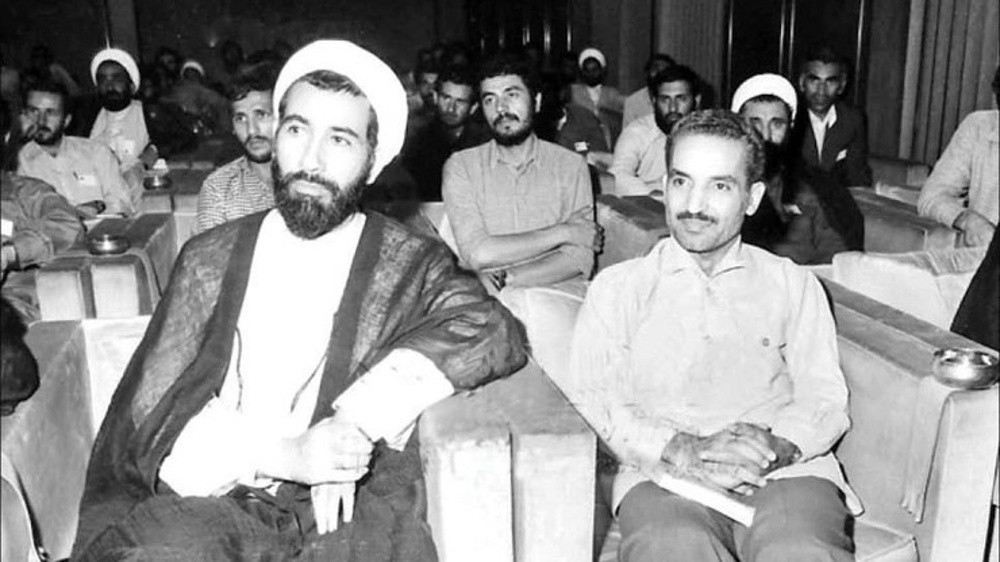

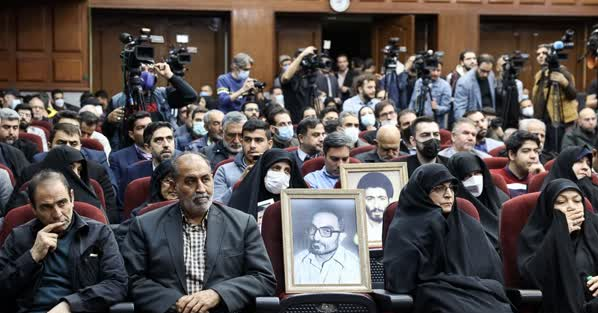
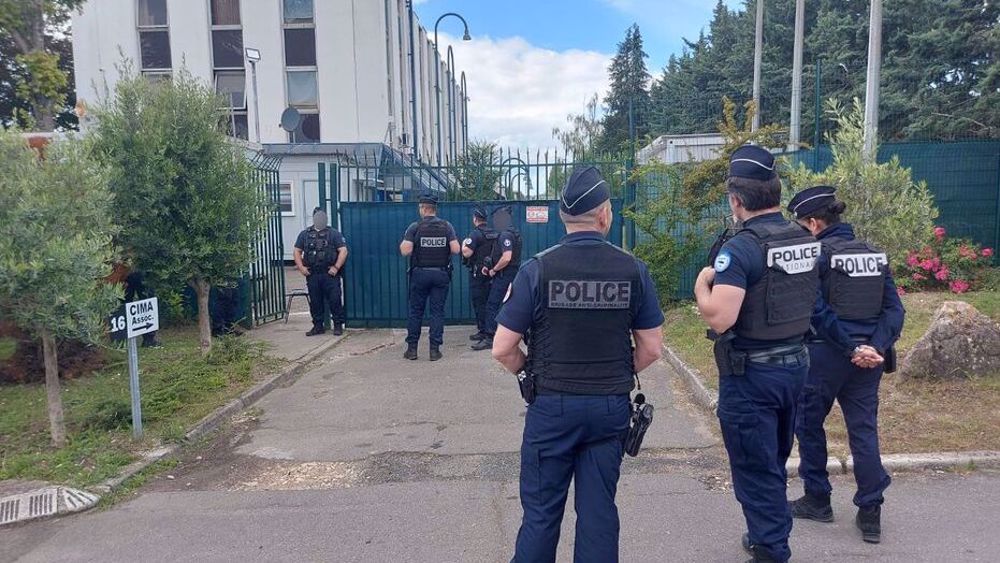

 This makes it easy to access the Press TV website
This makes it easy to access the Press TV website